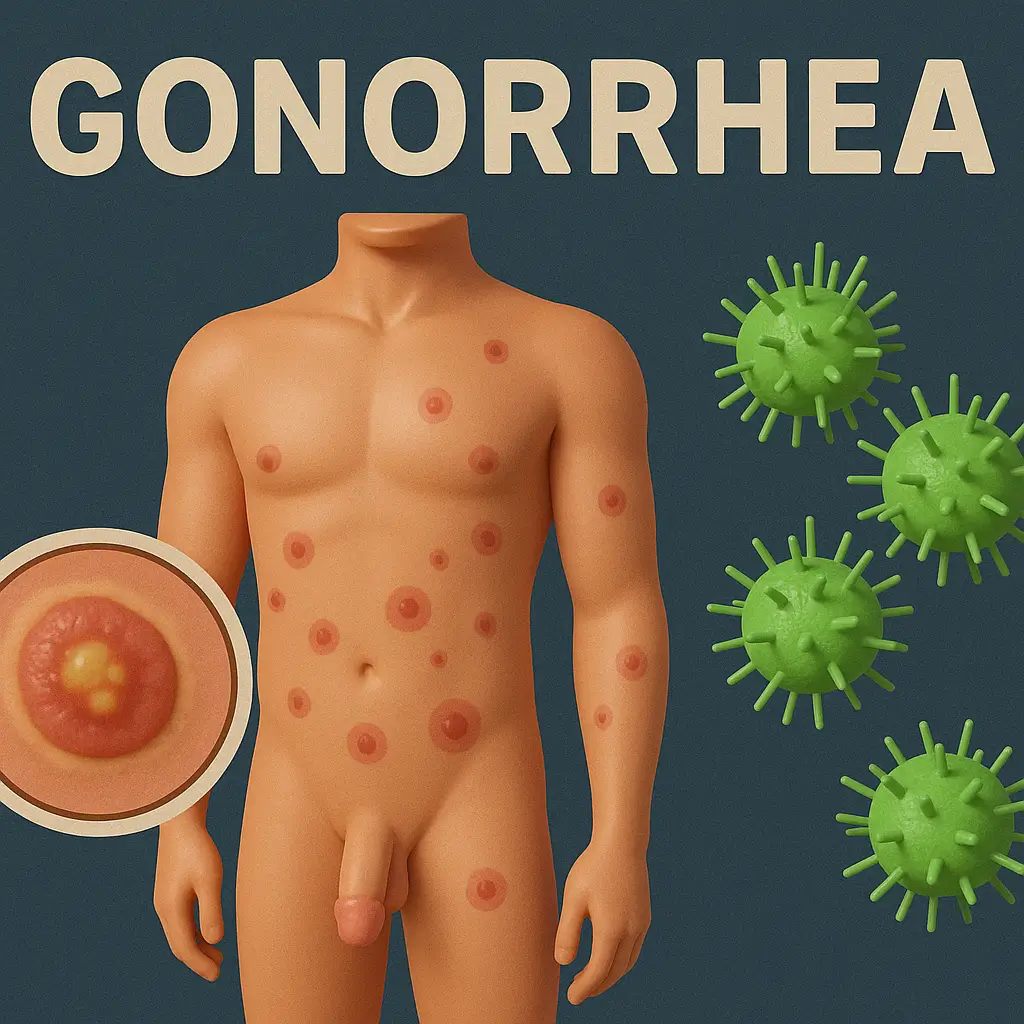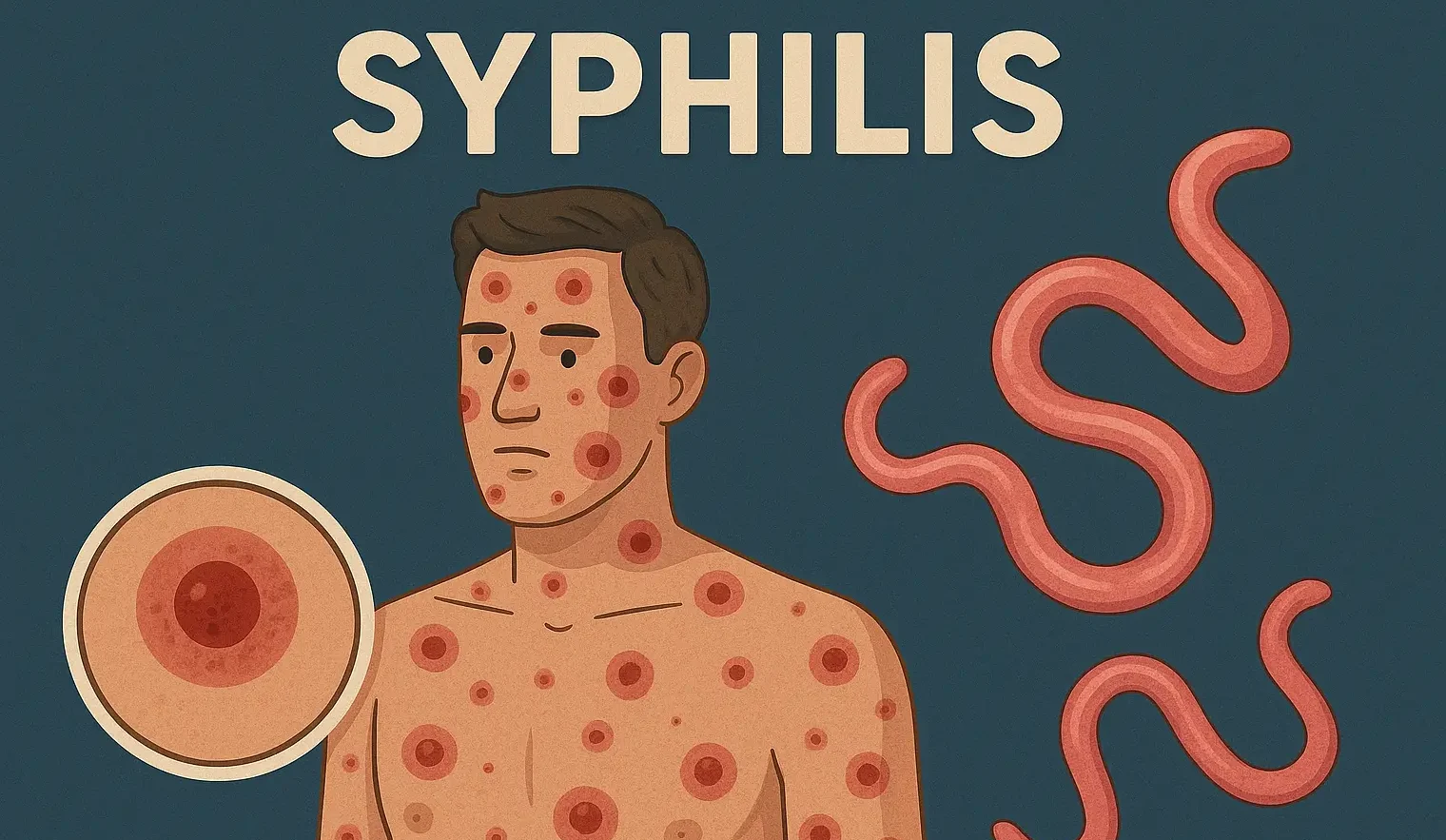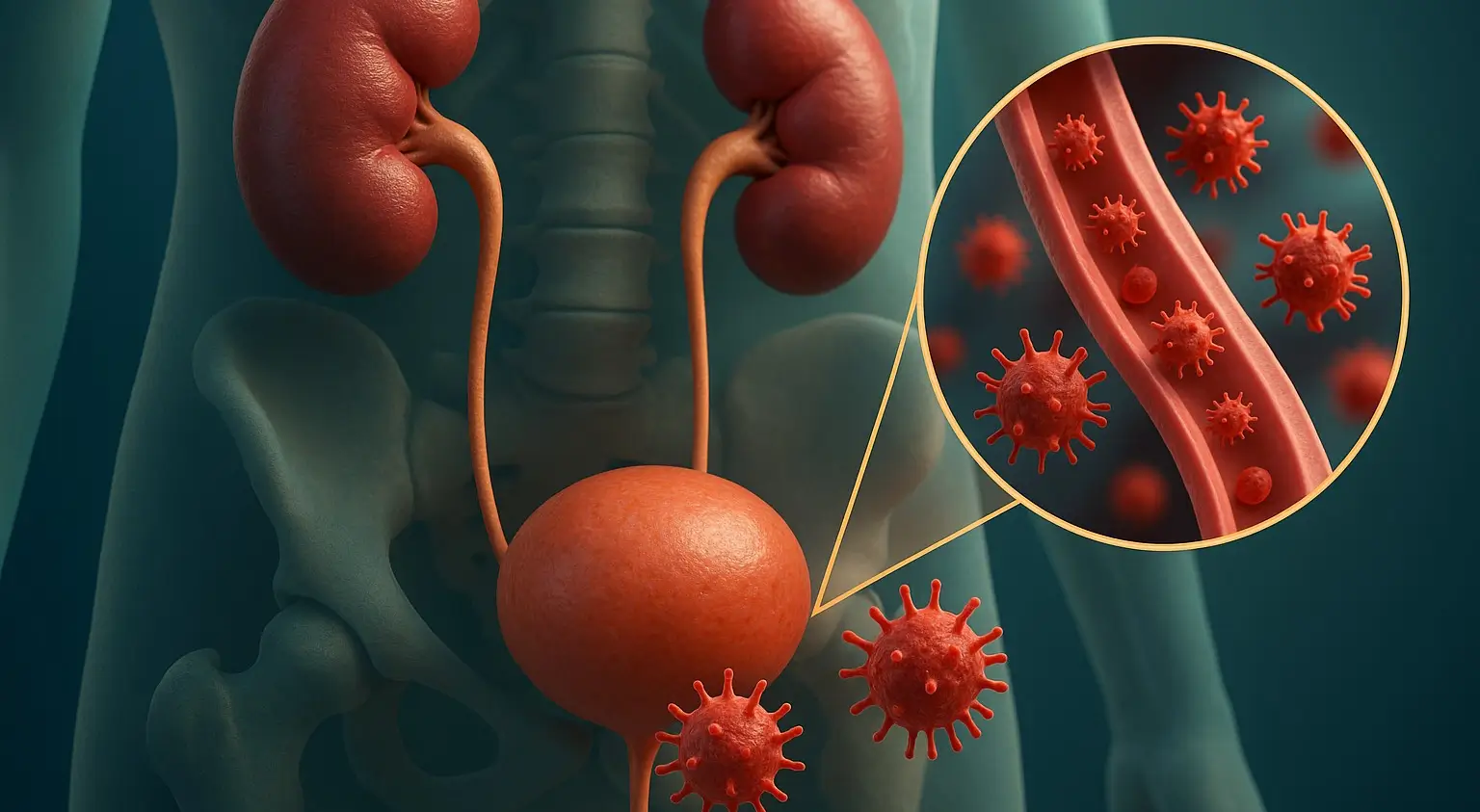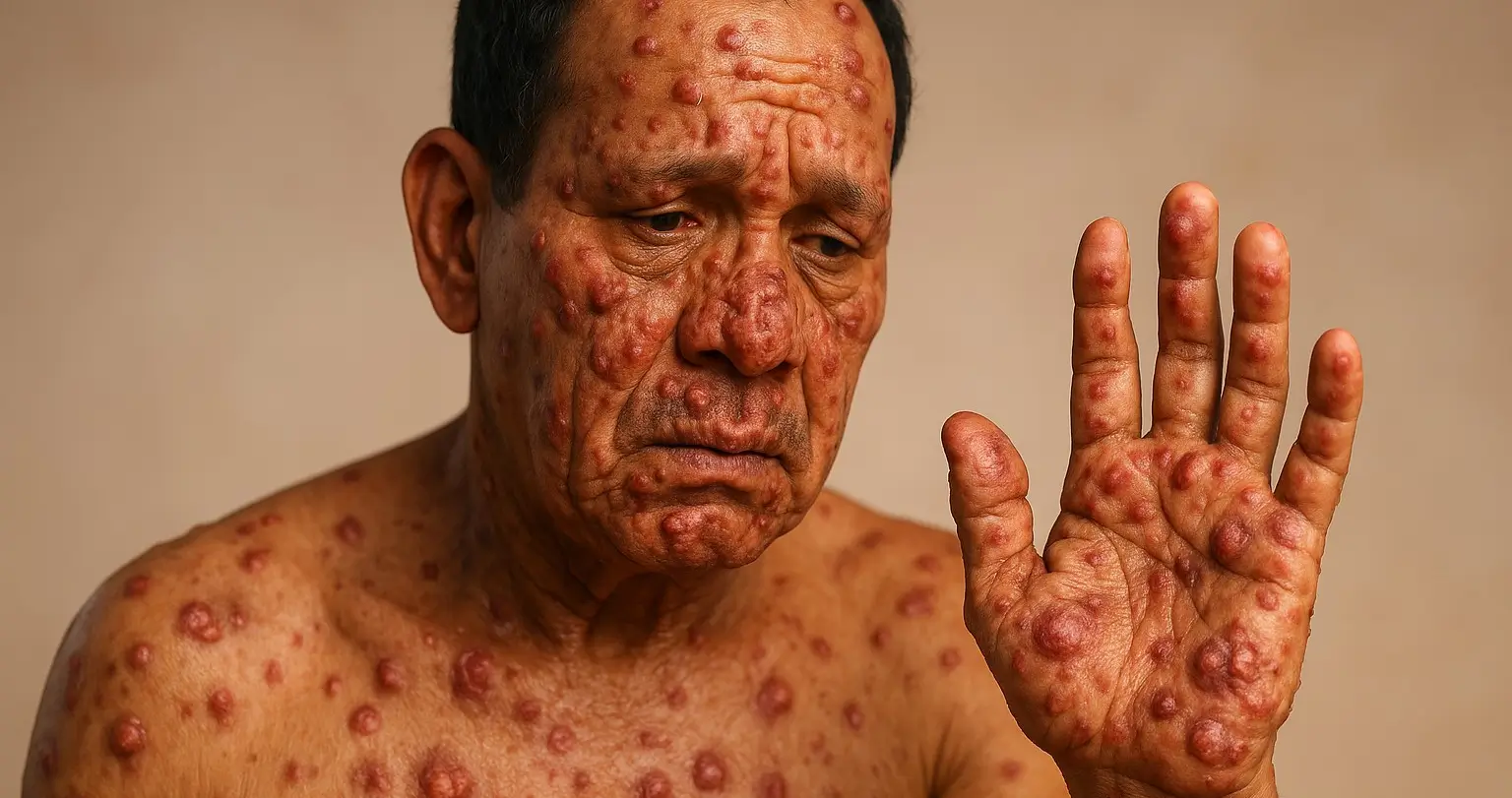Sterility indicators
Sterility indicators are crucial tools used to verify the effectiveness of sterilization processes. These indicators ensure that sterilization has been achieved and provide assurance that items are free from viable microorganisms. There are several types of sterility indicators, each with specific applications and mechanisms. The main types include biological indicators, chemical indicators, and physical indicators. … Read more










